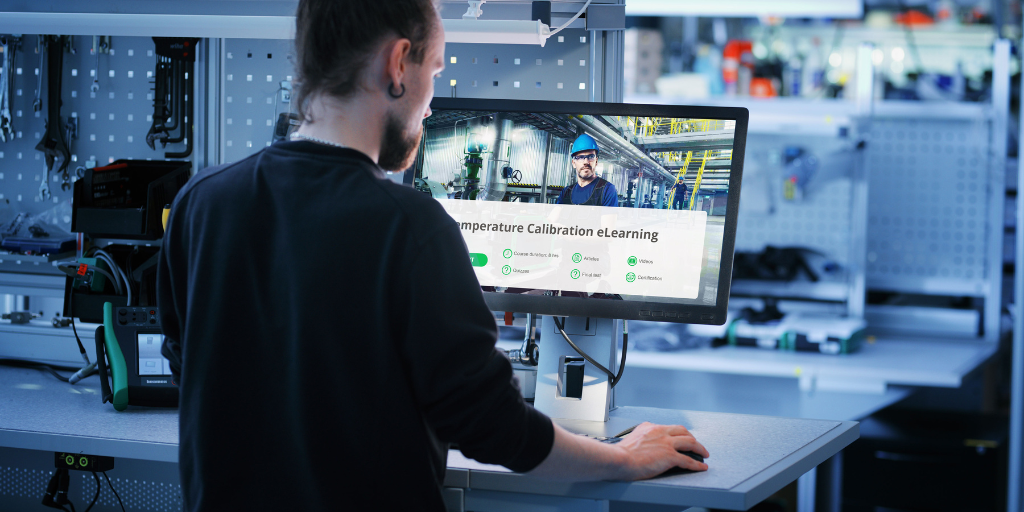
In this blog post, we want to share a new way to learn more about industrial temperature calibration without attending in-person calibration classes. Our new industrial temperature calibration eLearning course will help you level up your calibration knowledge with six in-depth modules. And best of all, it’s completely free!
The calibration course offers a wide range of resources, including executive summaries, in-depth articles, how-to videos, quizzes, and a comprehensive final test. If you pass the final test in the end, you’ll receive a certificate.
Read more and start the temperature calibration course now!
What you’ll learn in the course
- The calibration basics: what, why, and how often?
- Temperature sensors (RTSs and thermocouples) and temperature units
- How to calibrate Pt100, duplex, and sanitary sensors
- How to calibrate temperature switches and transmitters
- Calibration uncertainty: what it is and why it matters
- How to calibrate temperature instruments

Course overview
Want to know more about what you can expect from your calibration classes? Here’s a short overview of the key areas in the calibration course.
1. Calibration basics
However much you already know – or think you know – about calibration, it’s always good to go over the basics. In this section you will learn all about the fundamental concepts of calibration, the reasons to calibrate, why calibration is important, and the critical issue of traceability. We’ll also explore how frequently instruments should be calibrated to maintain accuracy. Once you finish this section of the course you’ll have a solid foundation of the essentials of calibration.
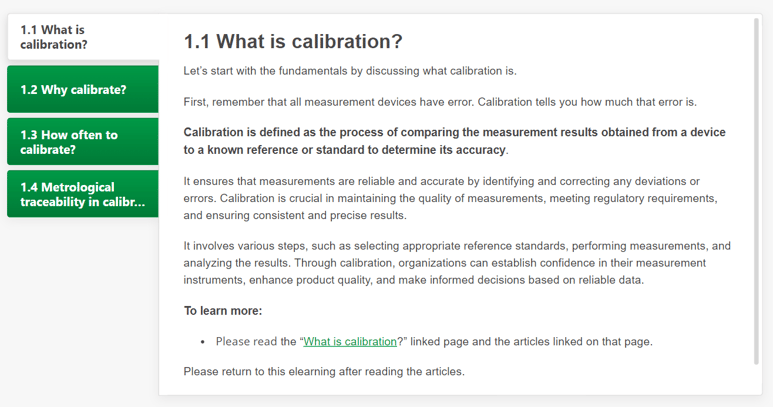
Extract from the eLearning course and calibration basics section.
2. Temperature units and sensors
In the second section of the course we’ll dive into the world of temperature measurement, gaining insight into different temperature units and temperature unit conversions. You’ll also learn more about Pt100 sensors and thermocouples and how and where they’re used. Once you’ve covered this section of the calibration training you’ll be ready to combine your knowledge of calibration and temperature to find out about calibrating temperature sensors and sanitary sensors.
 Simplified illustration of thermocouple cold junction.
Simplified illustration of thermocouple cold junction.
3. Calibration of temperature sensors and sanitary sensors
Are you looking for calibration training for temperature sensors and sanitary sensors? This section of the course will help you to master the techniques and procedures for calibrating these types of sensors. There will be a particular focus on the unique challenges presented by sanitary sensors – and how to overcome them.
 Sanitary temperature sensor calibration
Sanitary temperature sensor calibration
4. Calibration of temperature switches and transmitters
In the fourth section of the calibration course we’ll examine methods for calibrating temperature switches and procedures for calibrating temperature transmitters. You’ll also find out how to ensure precise temperature control.
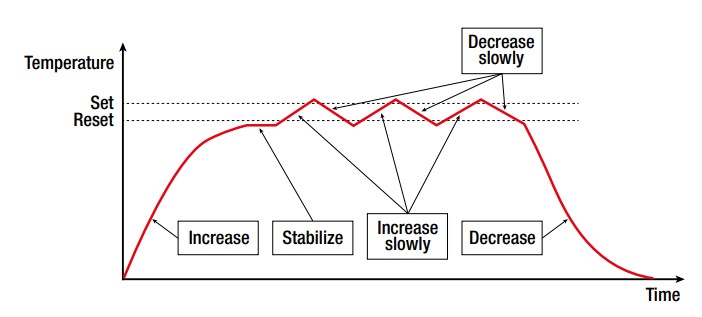 Temperature slope in temperature switch calibration.
Temperature slope in temperature switch calibration.
5. Calibration uncertainty
Calibration uncertainty is an essential factor to understand when performing industrial temperature calibration. In this section of the course you’ll learn to navigate calibration uncertainty and evaluate it effectively. You’ll also discover how to manage uncertainty in temperature calibration. Finally, we’ll explore the concept of temperature dry block uncertainty, a crucial aspect of temperature calibration.
 Calibration uncertainty
Calibration uncertainty
6. How to calibrate temperature instruments
In the last section of the course we’ve gathered some goodies for you, with exclusive access to webinars that provide hands-on calibration training for temperature instruments. These webinars will enhance your practical skills and give you added confidence in your calibration knowledge.
 Webinar: How to calibrate temperature instruments.
Webinar: How to calibrate temperature instruments.
Start learning today!
The full calibration course will take you around eight hours – but if you have existing knowledge you might complete it more quickly. Just remember to sign into our eLearning service so you can save your progress and split your calibration training over multiple days. Once you have successfully completed the final test in the end you’ll receive a certificate via email.
Master temperature calibration with this free comprehensive course. Deepen your knowledge, pass the quiz, and earn your certificate!
Beamex's offerings for temperature calibration
At Beamex, we have a lot to offer for temperature calibration.
For example, our most versatile temperature calibrator Beamex MC6-T Multifunction Temperature Calibrator and Communicator, the easy to use Beamex MC6 Advanced Field Calibrator and Communicator, Beamex RPRT reference sensors and several Beamex Temperature Sensors.
Don't forget our calibration software offerings and the entire calibration ecosystem.
We also offer expert services and training services for temperature calibration.
You can also download a free temperature calibration eBook, and visit the handy temperature unit converter on our website.
Please feel free to contact us to discuss on your temperature calibration challenges and how we can be your partner for calibration excellence.
Please scroll through the carousel below for more interesting articles related to temperature calibration!
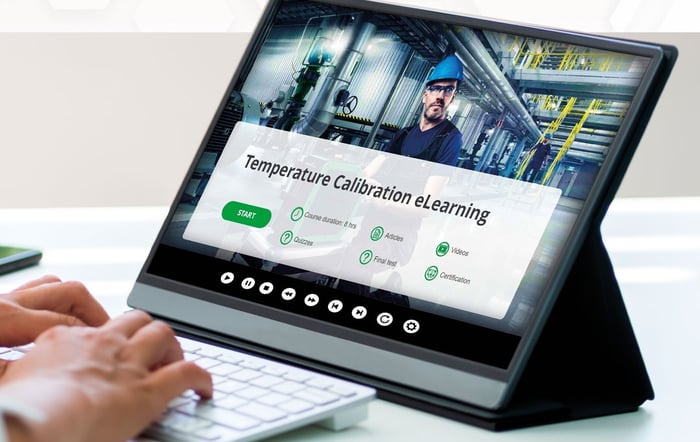



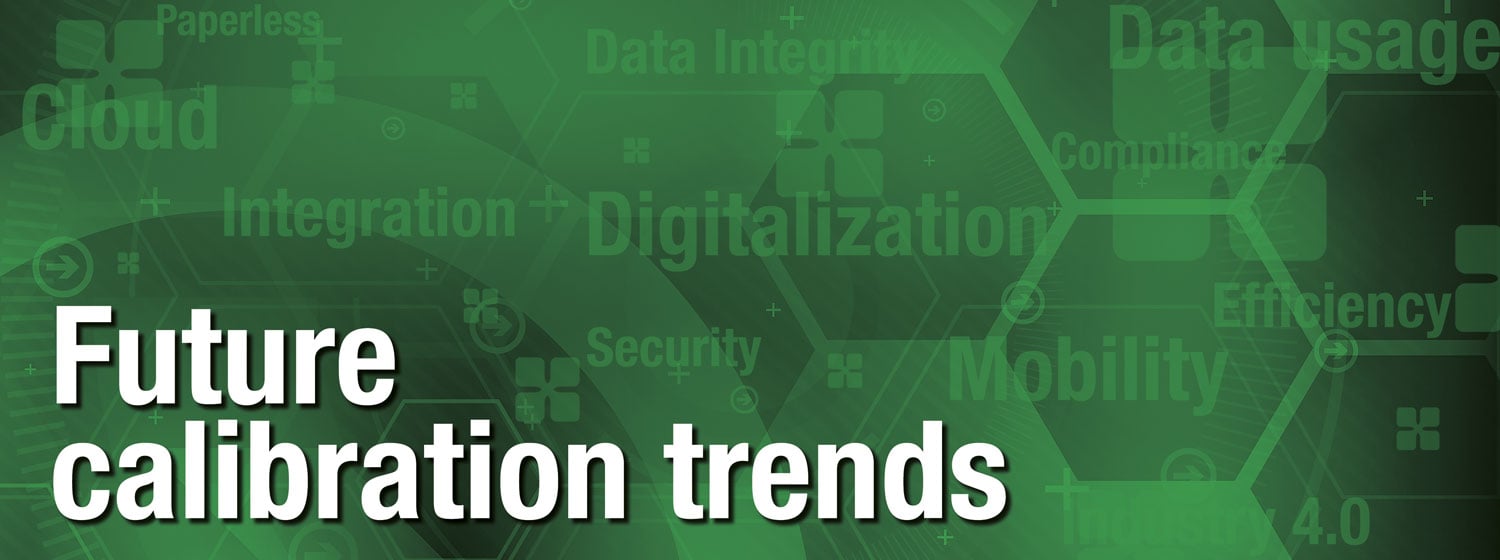

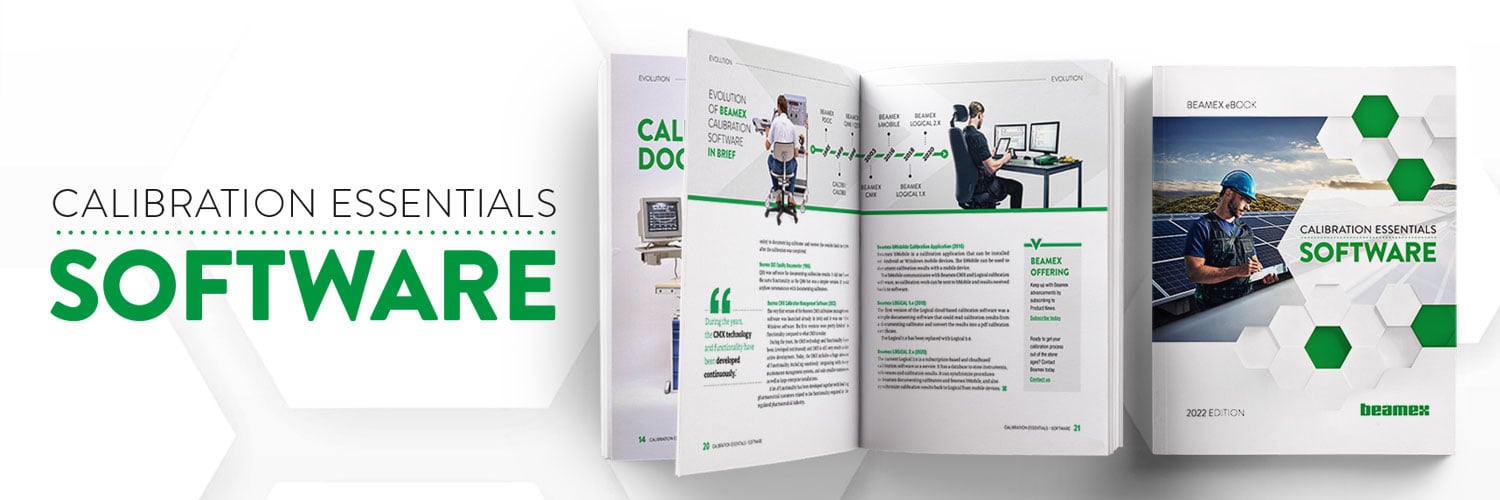












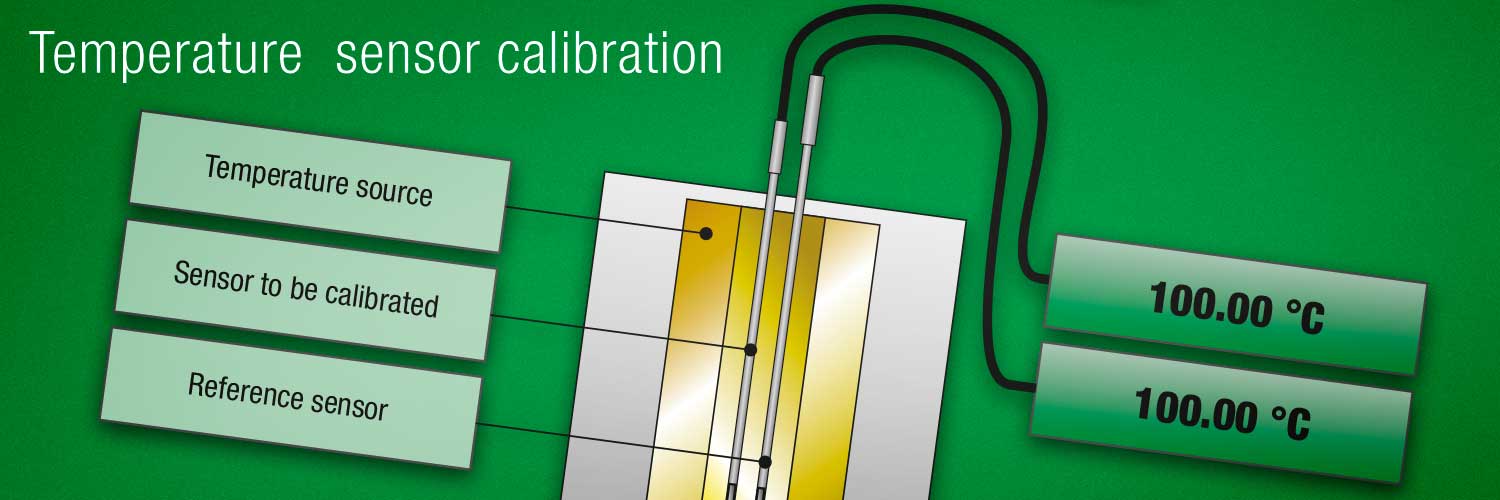


.jpg)





.png)
.png)
Discussion